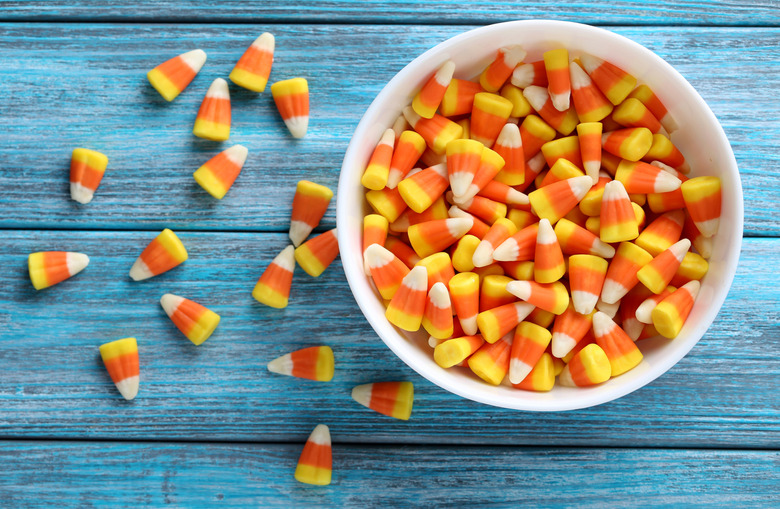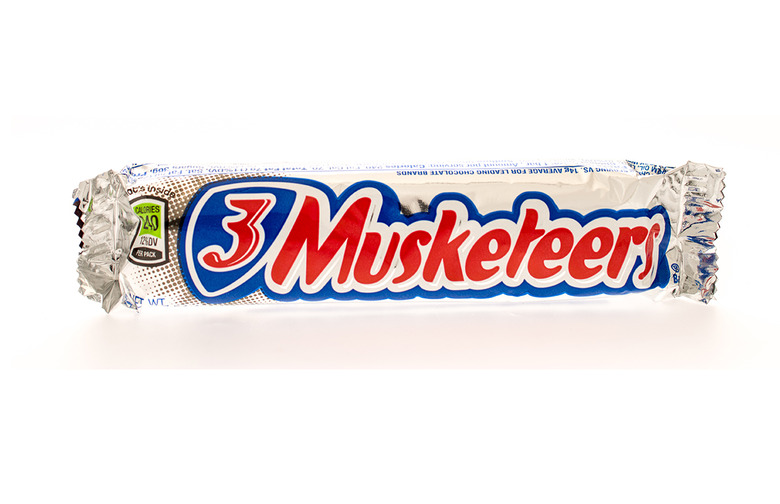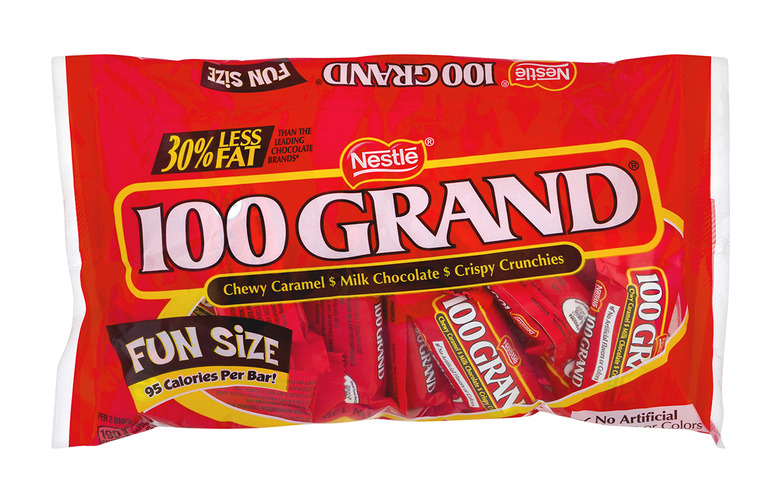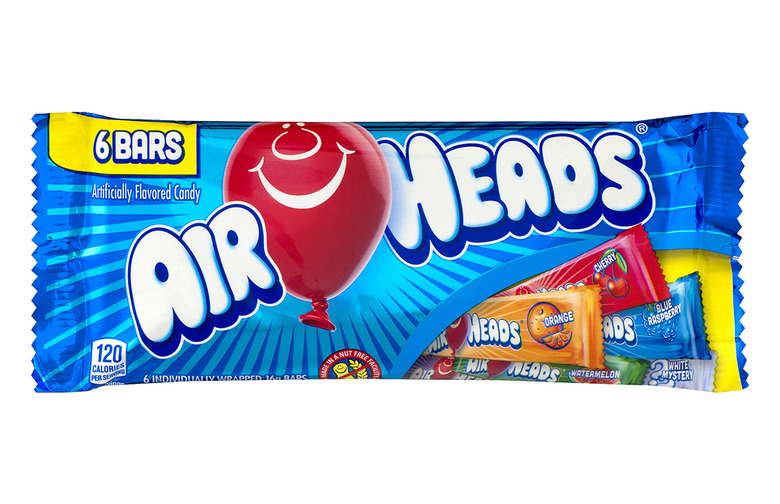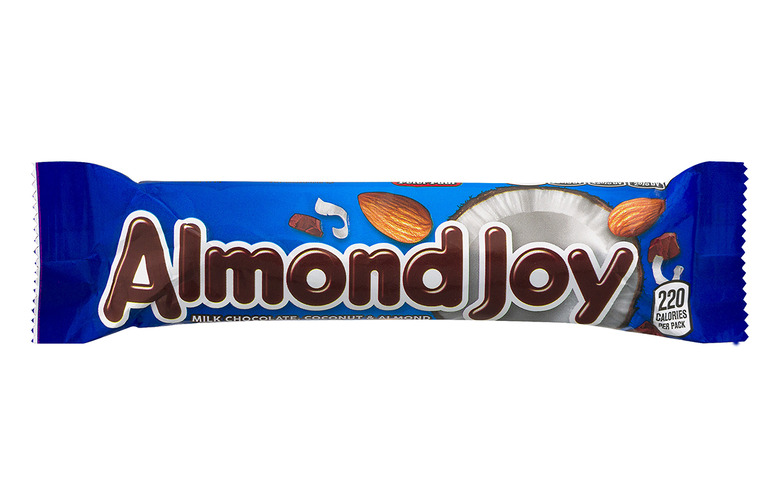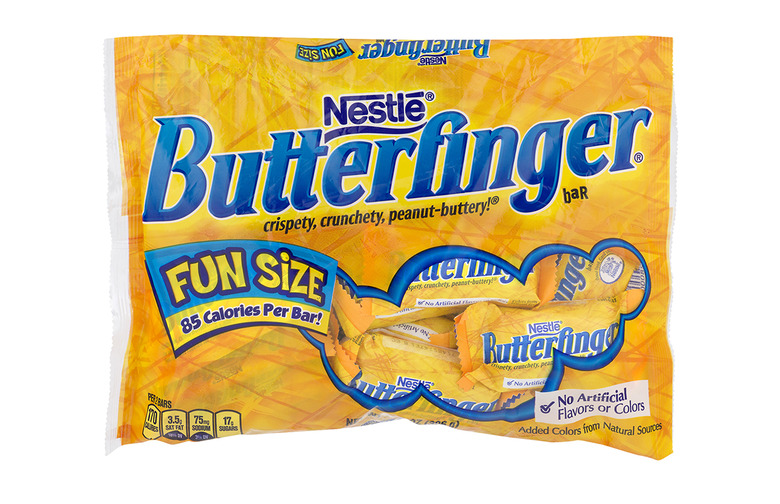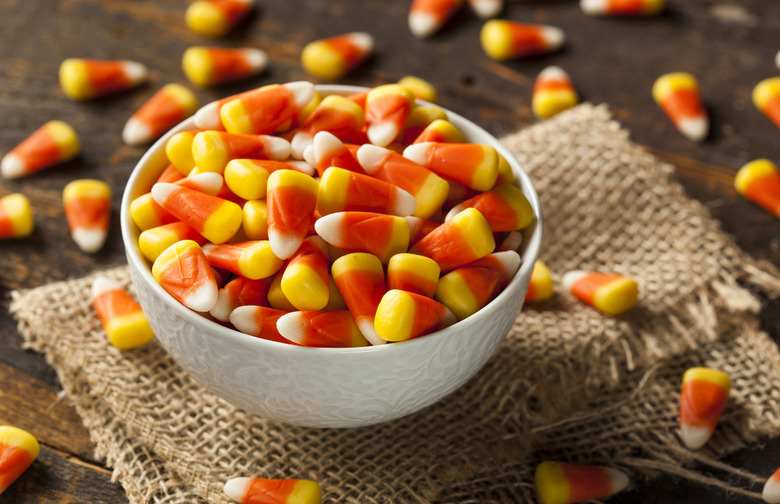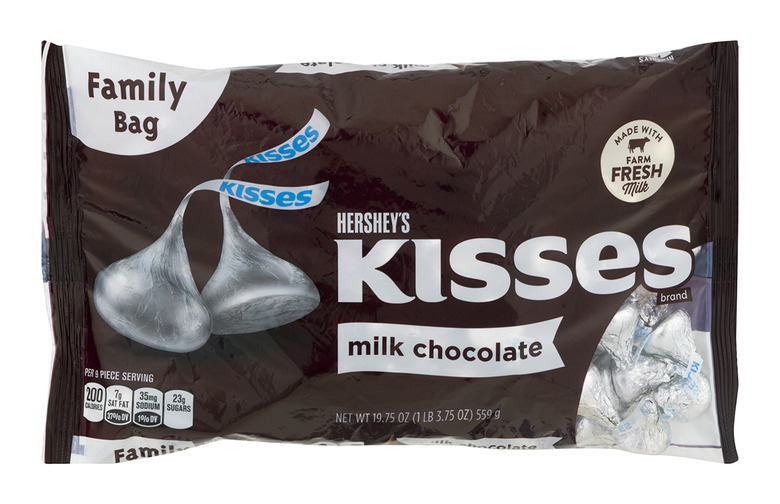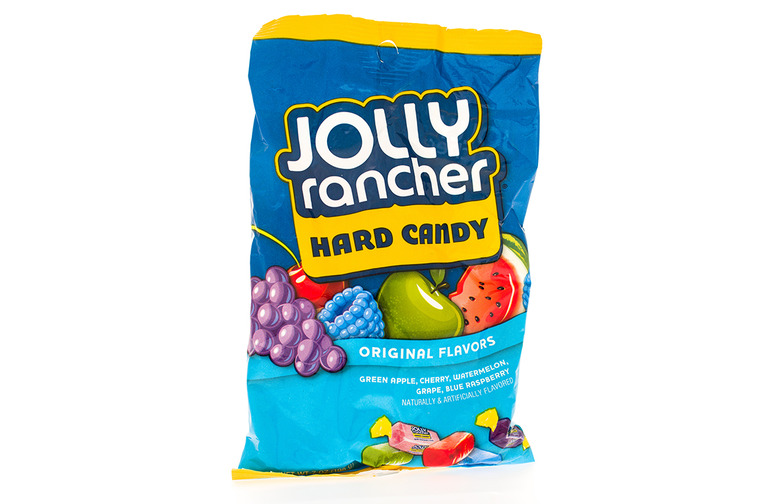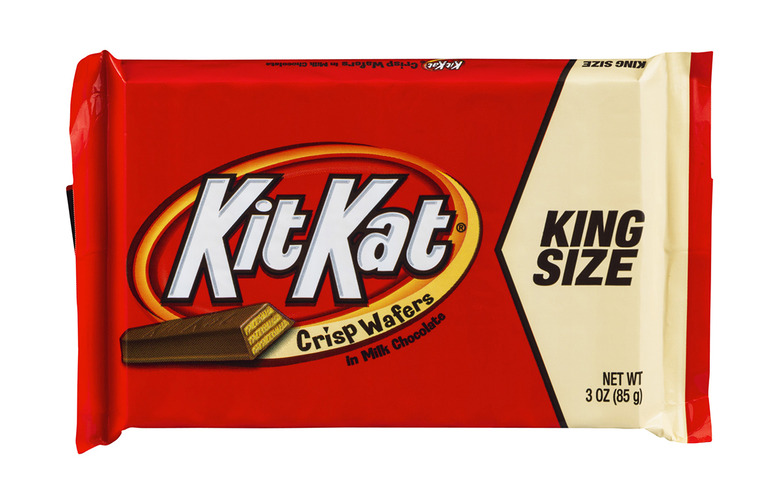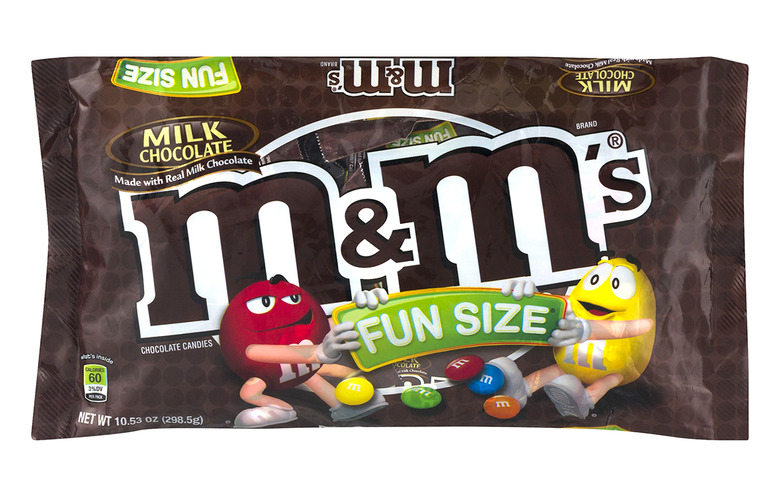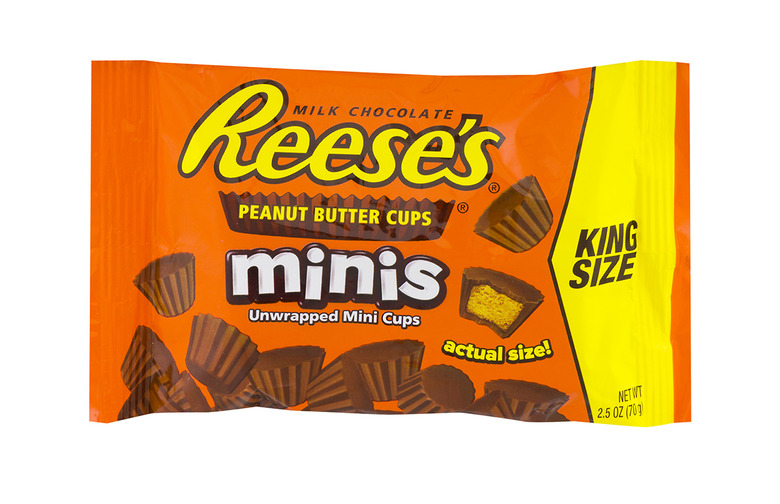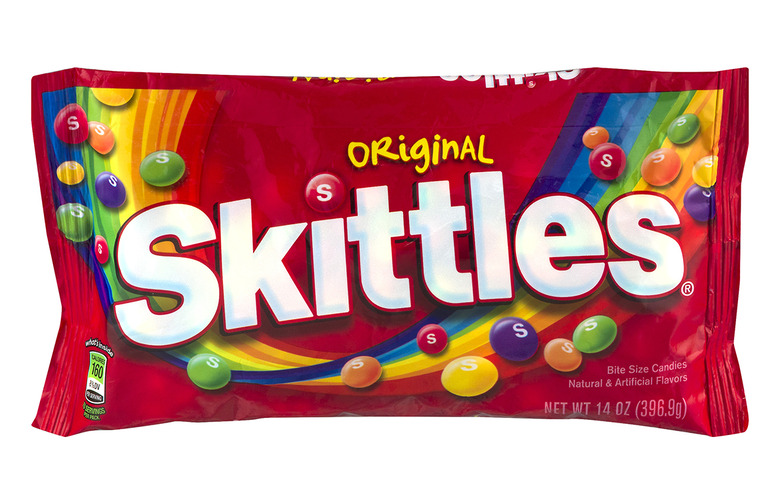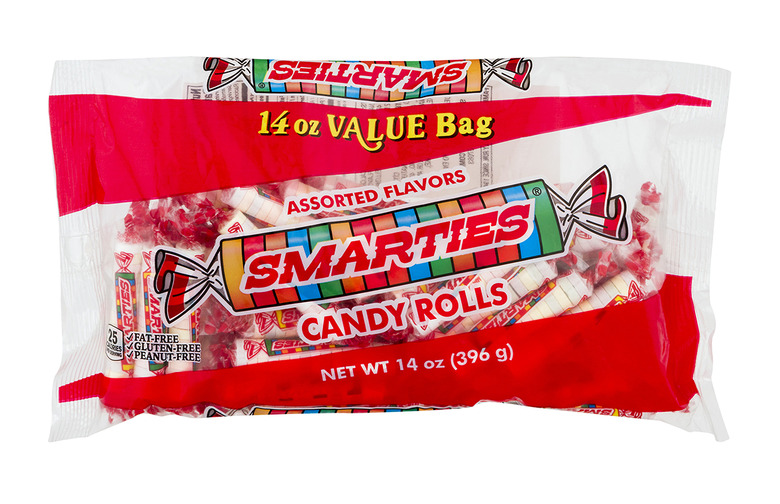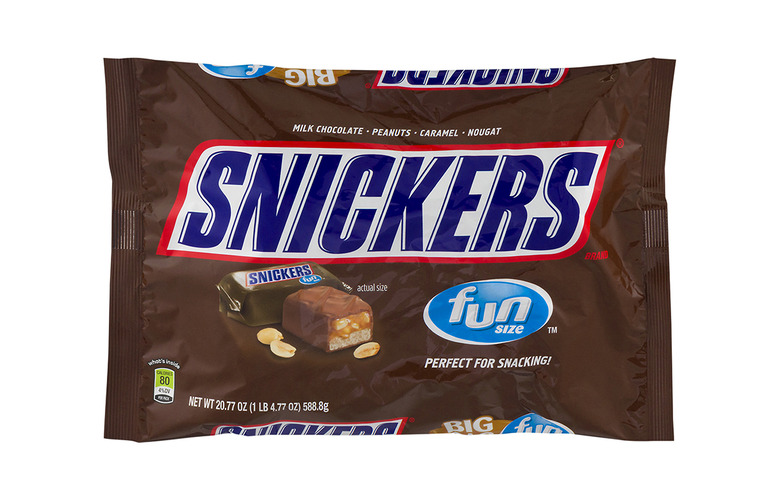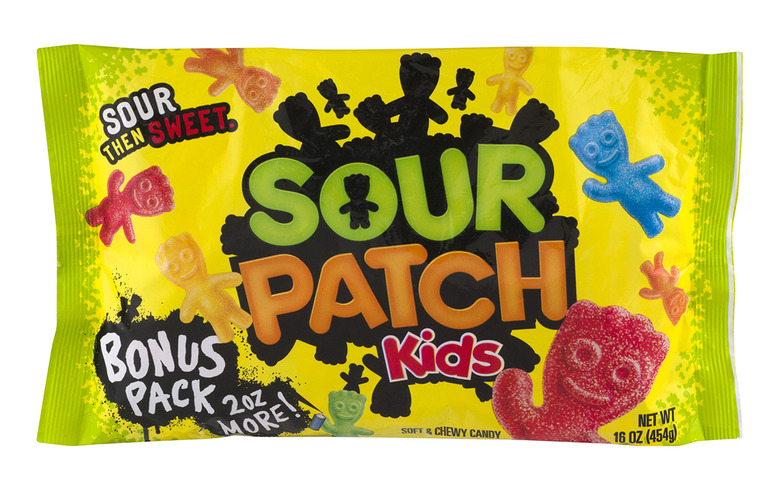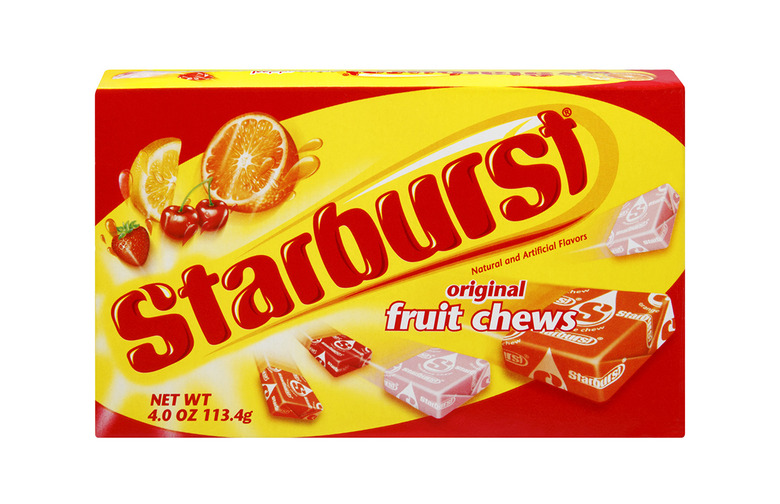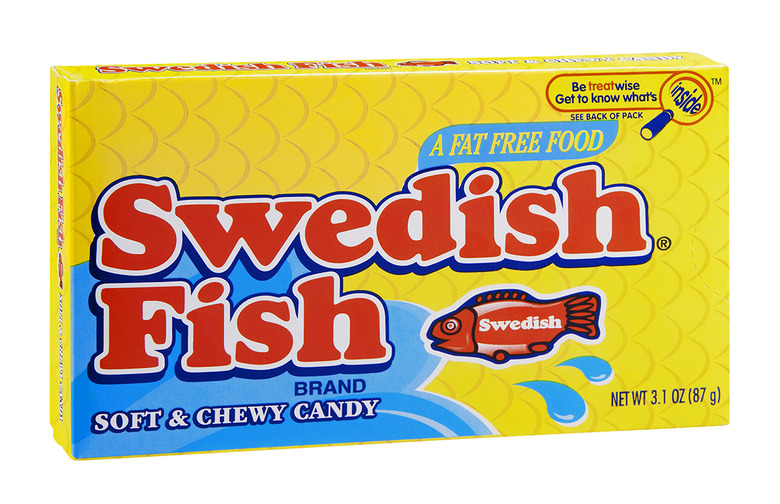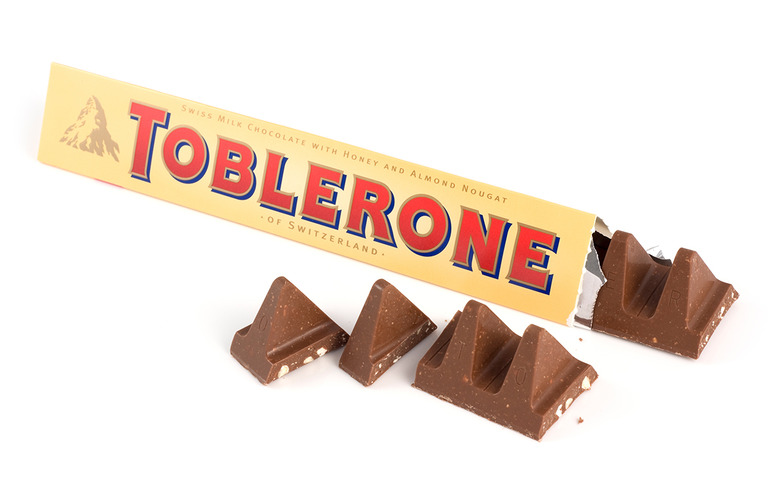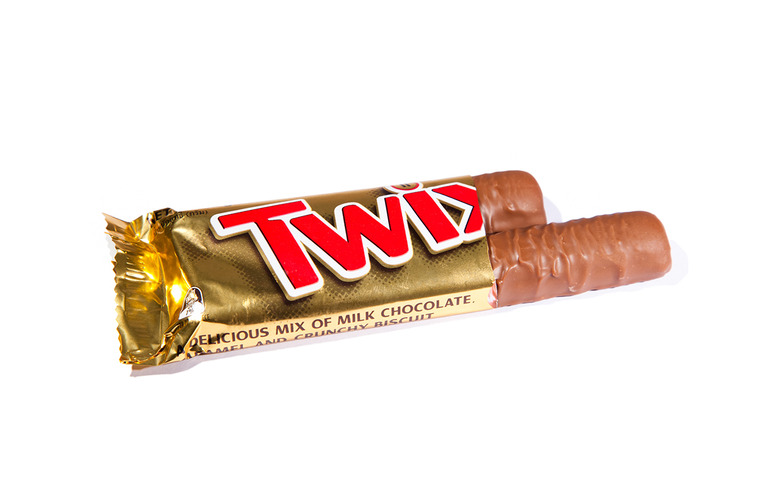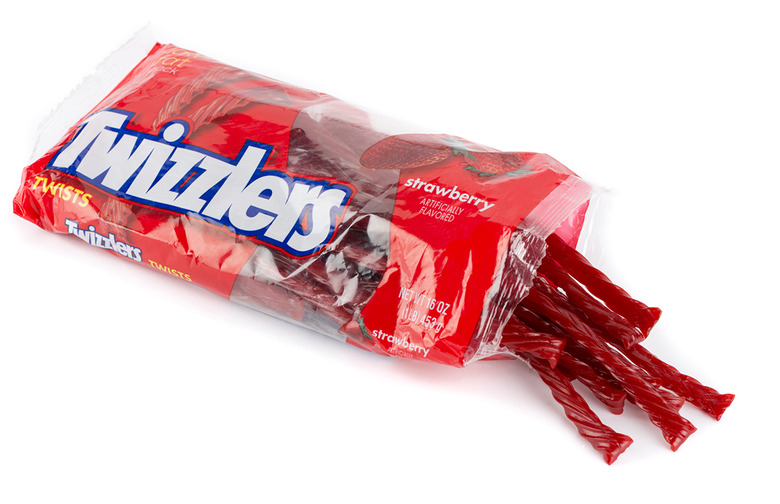Things You Didn't Know About The 20 Most Popular Halloween Candies Slideshow
As you fill up your plastic pumpkin to pass out candy to little ghouls and ghosts this Halloween season, you may find yourself wondering what some of the origins of these Halloween candies actually are. And after you learn about that, you may want to know even more about your favorite popular Halloween candies. And that's where we come in!
How much is a 100 Grand bar actually worth? What exactly is the flavor of a Swedish fish? What's the deal with the oft-bizarre and ever-popular Skittles Facebook page? For those inquiries of the mind, we have answers to those questions and more.
3 Musketeers
The 3 Musketeers bar used to truly be a partnership between three candy flavors. From the time this candy was introduced in 1931 until 1945, each package came with three flavors: whipped vanilla, whipped strawberry, and whipped chocolate. But due to rationing during World War II, the bar was condensed into the simple whipped chocolate treat we know today.
100 Grand
Why 100 Grand? When this caramel and crisped rice candy bar was introduced in 1966, Nestle decided to tie the candy in to quiz shows, including The Big Surprise, which had a grand prize of — you guessed it! — $100,000. However, upon introduction, this treat only cost 10 cents.
AirHeads
When it was first introduced in 1985, AirHeads came in one singular flavor: red. It wasn't actually determined whether that red flavor was cherry or strawberry; the East Coast thought it was strawberry while Midwesterners thought it was cherry. Today, AirHeads makes both flavors in addition to six others.
Almond Joy
"Sometimes you feel like a nut / Sometimes you don't," was a jingle tied to the Almond Joy that still dominates pop culture today. But the earworm, which helps to differentiate the Almond Joy from its non-almond sibling Mounds, hasn't been used since the late 1980s.
Butterfinger
Butterfinger had a longstanding advertising contract with The Simpsons from 1988 until 2001, when the partnership suddenly ended. After Bart Simpson stopped declaring "Nobody better lay a finger on my Butterfinger," the show started lampooning the candy bar, saying among other things that it was nonflammable. However, in 2013 The Simpsons and Butterfinger reunited, as things should be.
Candy Corn
This orange, white, and yellow striped candy is colored so as to look like an entire piece of corn from tip to cob. Because the candy corn looks so much like this produce, it was originally marketed under the name "chicken feed."
Hershey Kisses
Mwah! There are many theories on why exactly these chocolate drops are called Kisses, but one predominant theory is that it comes from the sound the machine makes when it deposits the chocolates onto a conveyor belt. And that kissing sound is made a lot; Hershey's produces over 80 million Hershey Kisses a day!
Jolly Rancher
Ever want to drink your Halloween candy? Jolly Rancher candies make for a surprisingly decent infused vodka. Just separate the candies into their respective flavors, put 10 of each in about 150 milliliters of vodka, and let them dissolve in the fridge overnight. Halloween candy just got even more fun!
Kit Kat Bars
Japan cannot get enough of Kit Kat Bars. Nestlé, which runs the Japanese line of Kit Kats, has released over 300 seasonal flavors overseas. Some of the most bizarre flavors include soy sauce, baked potato, corn, hot chili, and miso soup.
M&M’s
The red M&M may be a favorite candy mascot today, but this candy color was actually phased out between 1976 and 1986 over consumer concerns about the food dye Red No. 2 being a carcinogen. The dye wasn't even in red M&M's, but buyers were still concerned. The orange M&M was introduced to replace red.
Reese’s Peanut Butter Cups
Reese's Peanut Butter Cups may be the most popular Halloween candy, but this chocolate peanut butter treat actually has its own holiday! May 18 is I Love Reese's Day. Mark your calendars accordingly.
Skittles
Smarties
How did Smarties get their distinctive shape? After World War II, the Ce De Candy Co. bought pellet machines and repurposed them to make tablet-shaped candies, which are known in America as Smarties. And if you have food allergies, Smarties are a smart choice. They're vegan, gluten-free, dairy-free, and peanut-free.
Snickers
What exactly is that distinctive treading at the bottom of every Snickers bar? Is it a sporty design? A car tire tread? Nope. It's just the lining of the conveyor belt on which the candy bars cool at the Mars factory.
Sour Patch Kids
These sensationally sour and sweet candies were originally released under the name Mars Men in the 1970s, to capitalize on children's fascination with the space race. So, why the name change? Another pop culture craze, the Cabbage Patch Kid, came along and this candy changed names to fit in with the adorable baby dolls.
Starburst
Starburst may seem like an all-American product, but they're actually originally a British confection. Originally manufactured under the name Opal Fruits, Starburst came to the U.S. in 1967. They were called Opal Fruits overseas until 1998.
Swedish Fish
What flavor is the Swedish Fish? Is it cherry? Strawberry? Fruit punch? Lingonberry? The answer is... none of them. Swedish Fish flavor is its own thing, and the only flavor the company has ever given for this funny gummy is "tastes like fruit, not like fish."
Toblerone
The Toblerone's distinctive peaks-and-valleys triangular shape is widely believed to mimic the Swiss Alps, but in reality, it's based on a cabaret dance performance founder Theodor Tobler once saw. In 2016, Toblerone's shape got a redo in the U.K., making it smaller (for the same price) and causing outrage.
Twix
What does Twix actually mean? The candy bar's name comes from "Twin Bix." Bix is a nickname for biscuits (aka cookies) in Britain, and the name plays on the candy bar's dual packaging.
Twizzlers
Strawberry Twizzlers may be a favorite licorice candy for children today, but the signature red flavor didn't come out in American markets until the 1970s. The original flavor? Black licorice, of course.
If you're looking for even more of a candy fix this Halloween, check out 20 more surprising facts about your favorite candy brands here.
